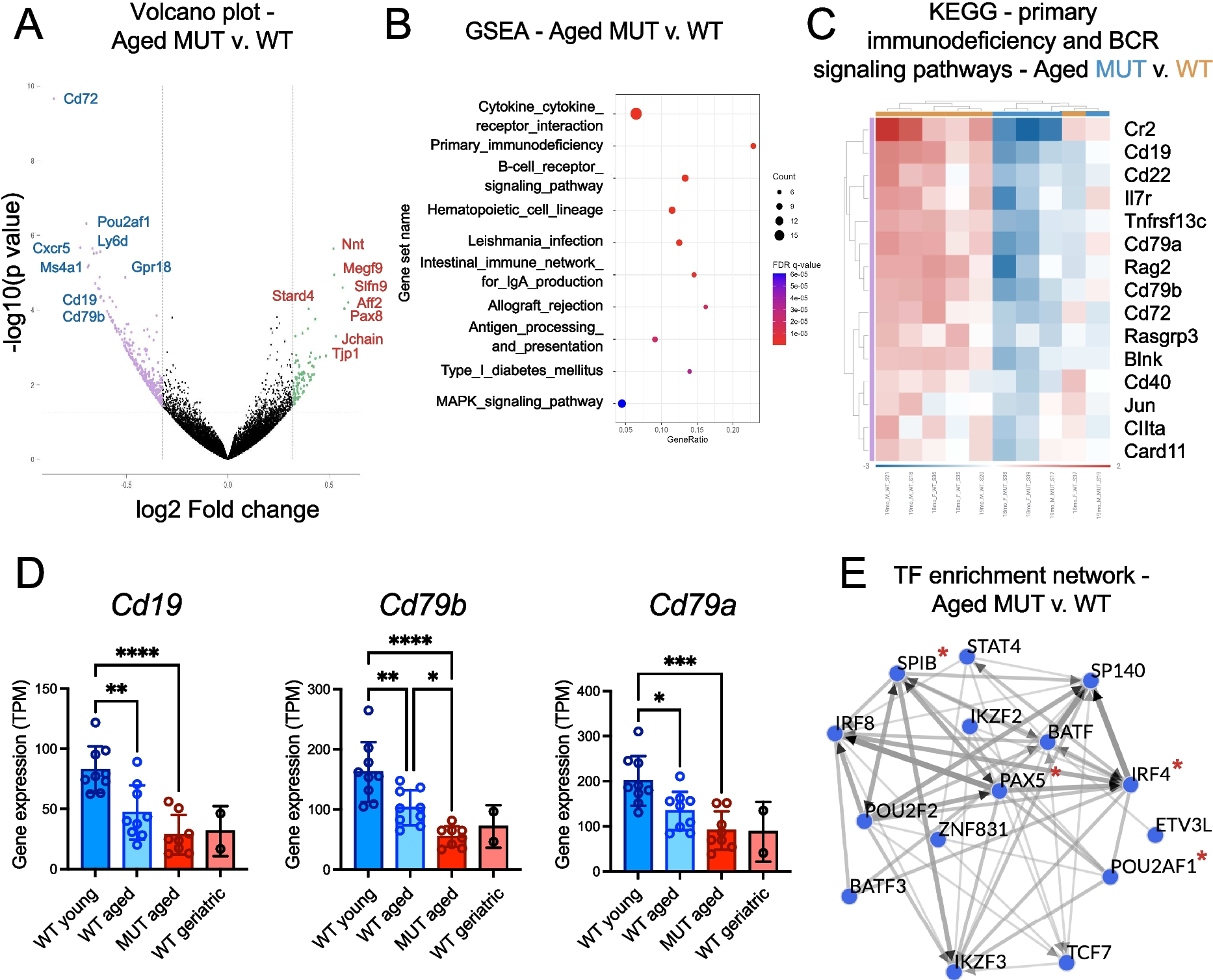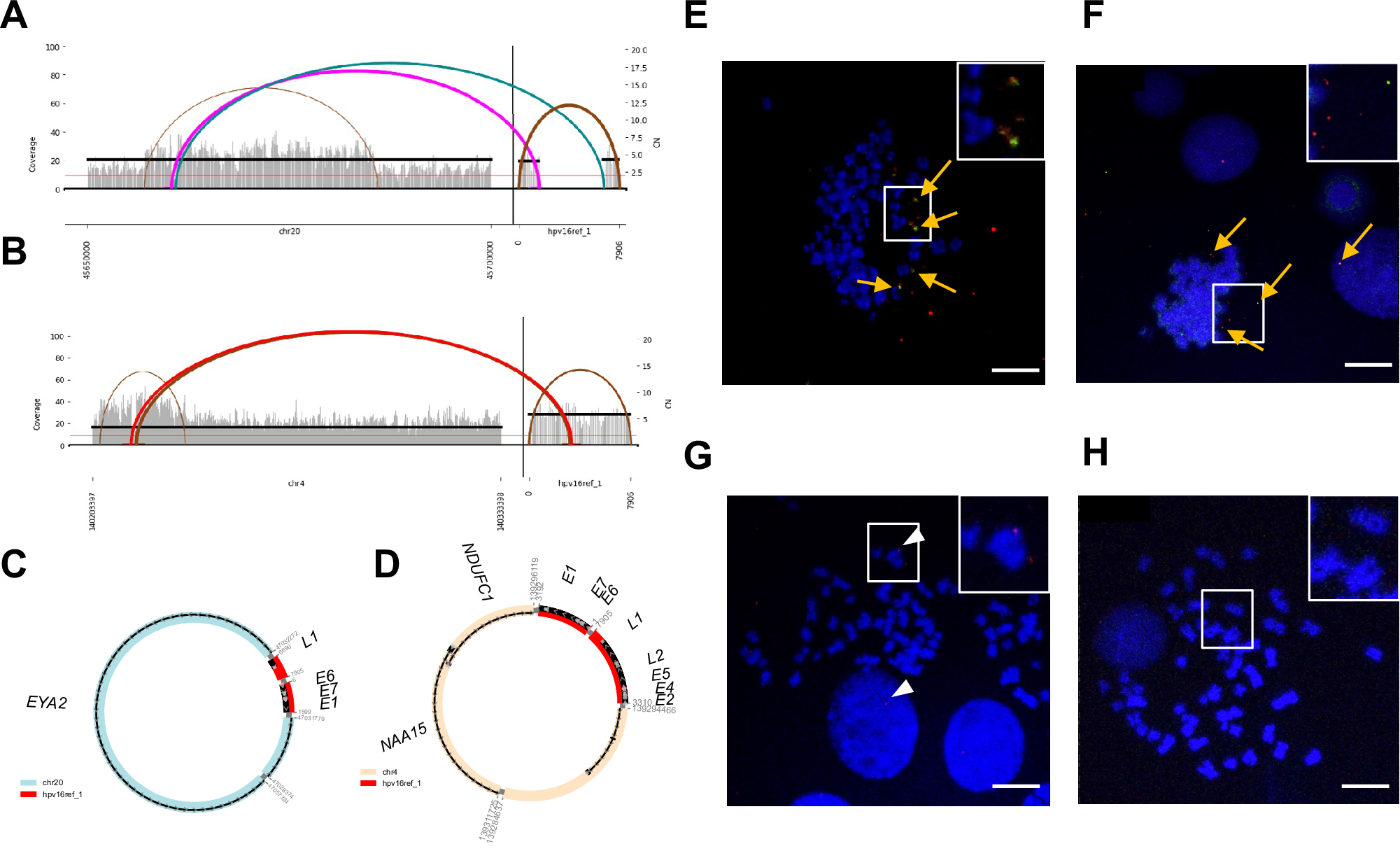2025-04-17 カリフォルニア大学サンディエゴ校(UCSD)
<関連情報>
- https://today.ucsd.edu/story/groundbreaking-study-uncovers-how-our-brain-learns
- https://www.science.org/doi/10.1126/sciadv.adk0540
運動学習におけるシナプス消去の局所的・大域的予測因子 Local and global predictors of synapse elimination during motor learning
Science Advances Published:15 Mar 2024
DOI:https://doi.org/10.1126/sciadv.adk0540

Abstract
During learning, synaptic connections between excitatory neurons in the brain display considerable dynamism, with new connections being added and old connections eliminated. Synapse elimination offers an opportunity to understand the features of synapses that the brain deems dispensable. However, with limited observations of synaptic activity and plasticity in vivo, the features of synapses subjected to elimination remain poorly understood. Here, we examined the functional basis of synapse elimination in the apical dendrites of L2/3 neurons in the primary motor cortex throughout motor learning. We found no evidence that synapse elimination is facilitated by a lack of activity or other local forms of plasticity. Instead, eliminated synapses display asynchronous activity with nearby synapses, suggesting that functional synaptic clustering is a critical component of synapse survival. In addition, eliminated synapses show delayed activity timing with respect to postsynaptic output. Thus, synaptic inputs that fail to be co-active with their neighboring synapses or are mistimed with neuronal output are targeted for elimination.


